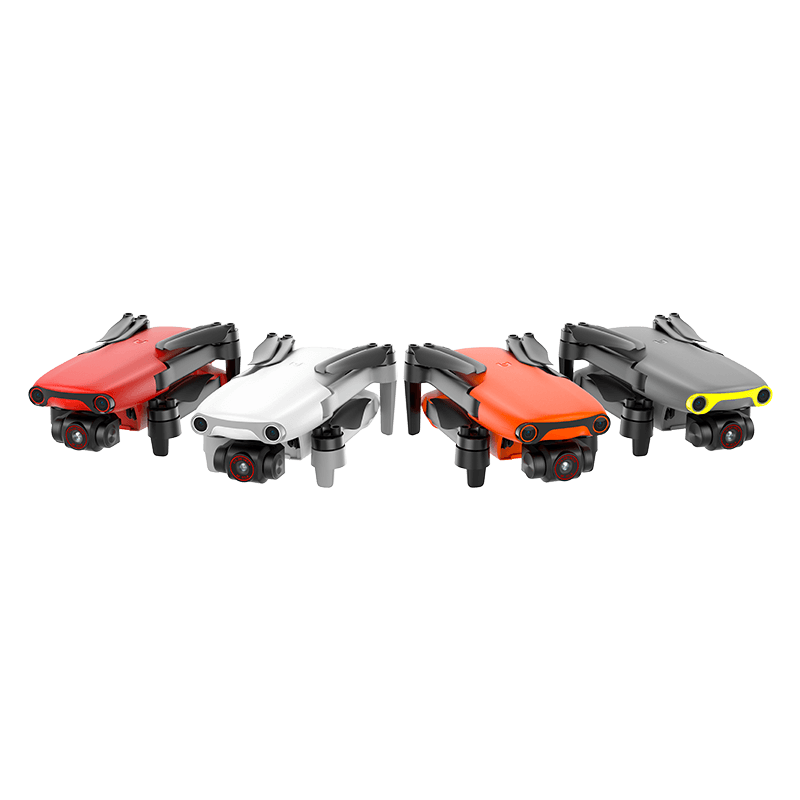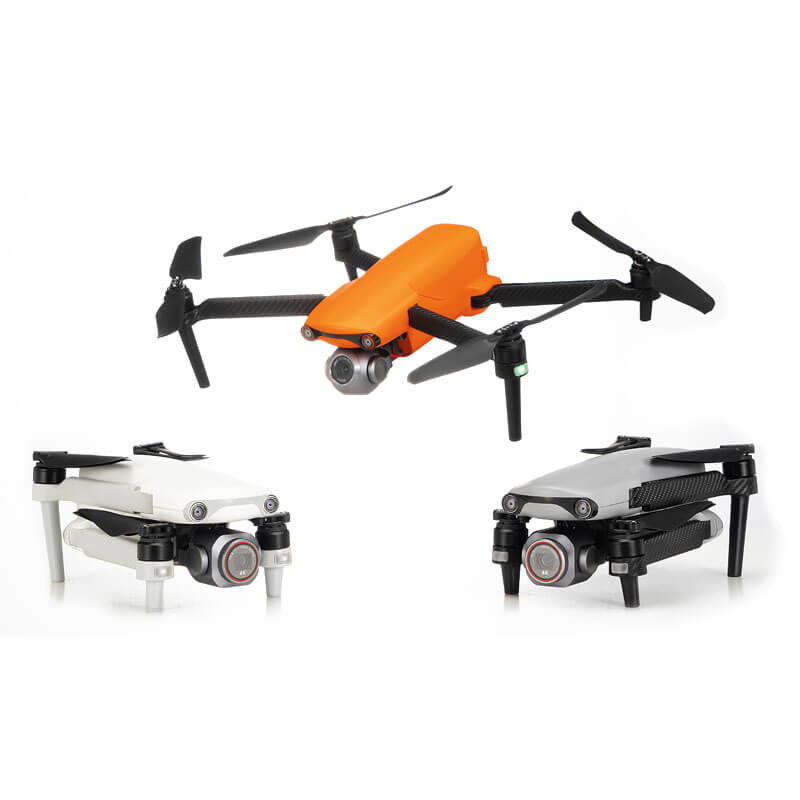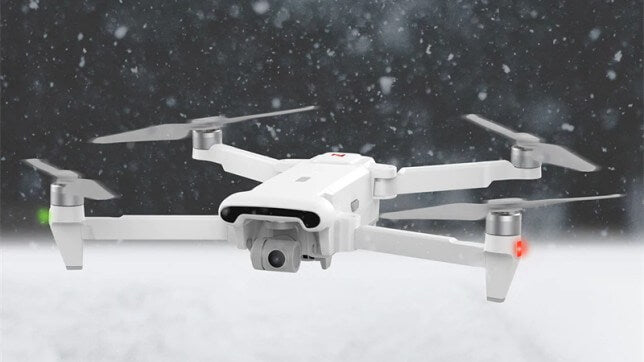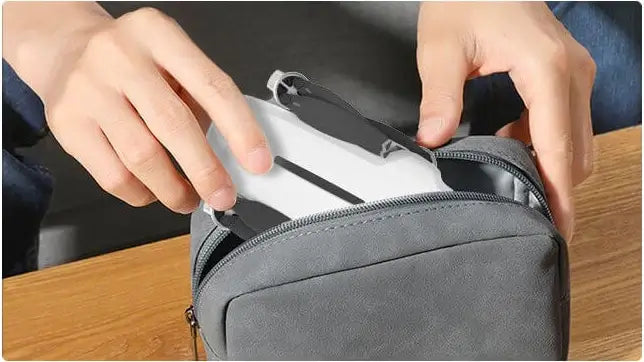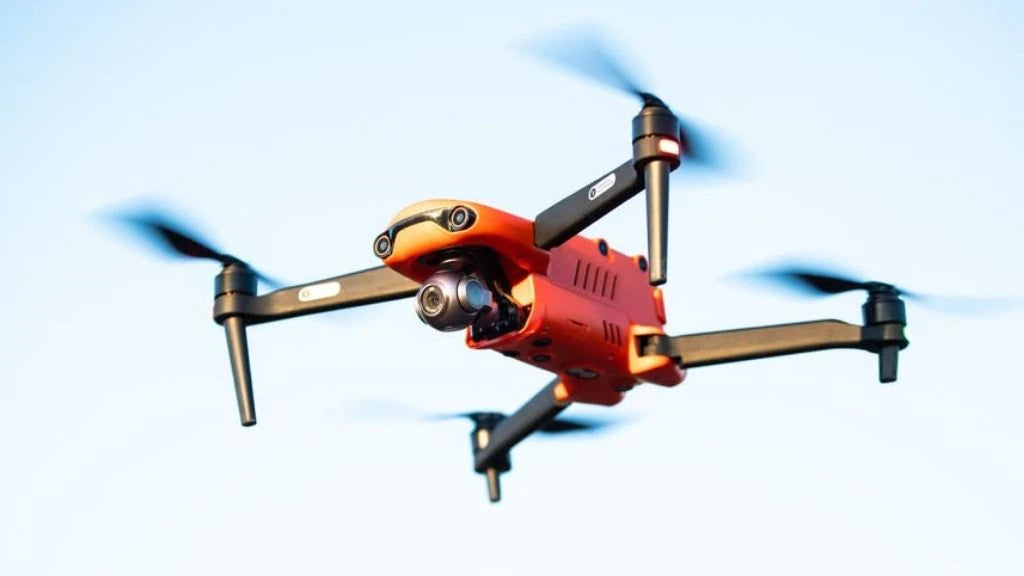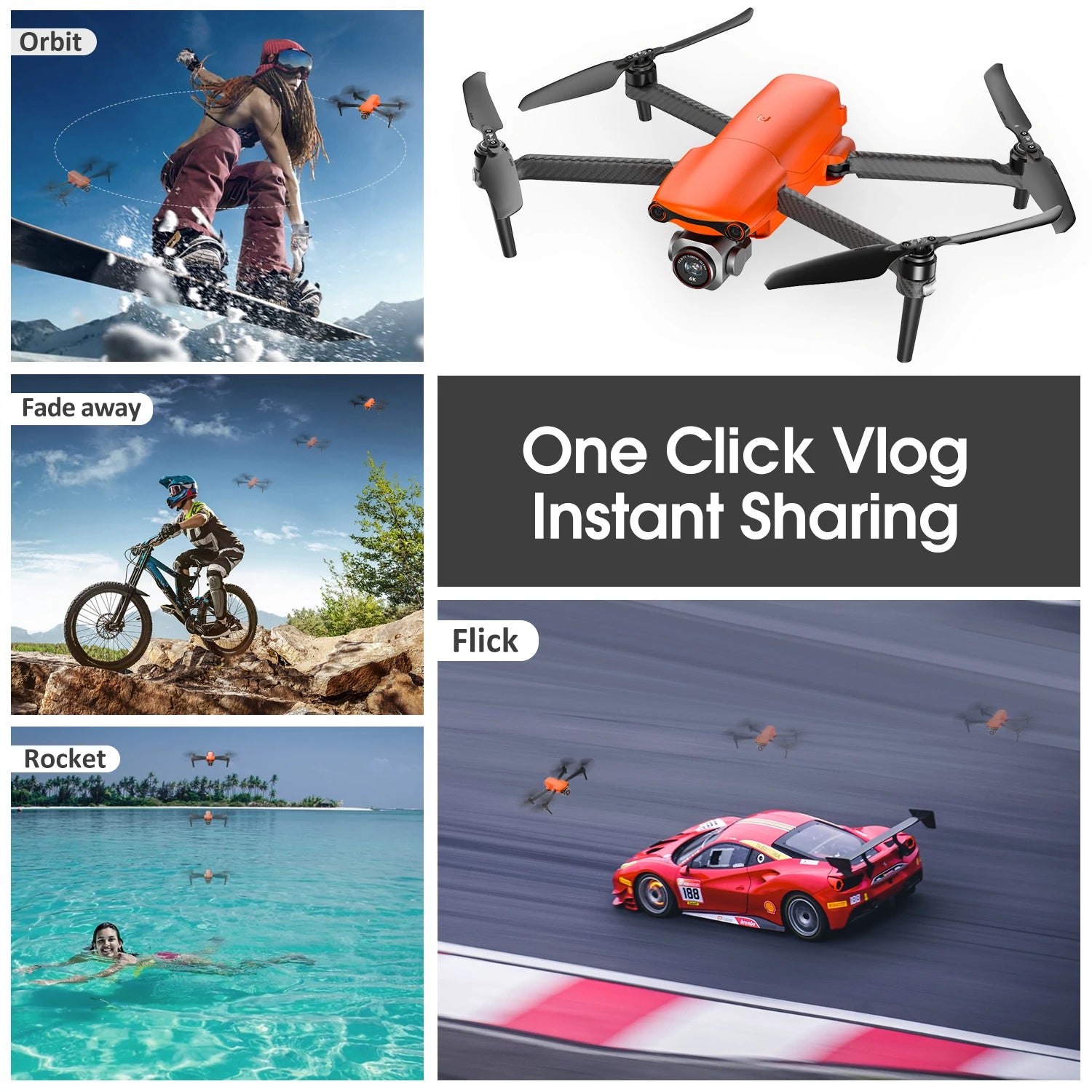Autel Evo Nano drone is a compact mini drone and the easiest quadcopter for beginners to fly, <250g drone, it does not have the flying and licensing restrictions of large drones in most parts of the world, and It produces very useful photo and video clips.
For beginners, it is very important to understand the take-off and return operation of the drone. Among the many extra functions that come with drones today, one of the most important functions (in terms of safety) is definitely the return to the home page function, one-click return. This feature is fairly common in modern drones, but some entry-level drones don't!
The Best Drones Return to Home

Drone Return Home (RTH) is an autonomous feature powered by a combination of imaging sensors and GPS data. It works as you would expect it to - it sends the drone home, where it takes off. The RTH function can be activated in several ways.
For starters, RTH can be activated as a standalone function, usually via a dedicated button on the controller. On top of that, drone manufacturers typically put RTH on their app interface. The Autel EVO drone goes head-to-head with the best consumer drones, and if you're interested in a great drone with homecoming capabilities, the Autel Robotics EVO is a great choice!
BT (stands for battery trigger) RTH is a scenario where the battery triggers the RTH function after a very low voltage spike or typical battery discharge. SL, on the other hand, stands for Loss of Signal and turns on after the drone loses connection with the base station. Both of these features are automatically turned on and are designed to return your drone to the take-off position to prevent a crash or property damage.
Most RTH methods can be adjusted to suit the environment in which you are flying. This is not only about flight altitude, but also other things such as flight speed, direction, and other fail-safe parameters. This allows you to fine-tune your RTH feature set the way you want.
Remote Control Your Drone to Return Home

Speaking of the Home position, it can be reset mid-flight. By default, it's where you take off. If you hit the home button, it flies back to the same place to land. But if, like me, you're constantly flying and walking, shooting and walking toward your destination, then you don't want to go back to the starting point to collect your drone. So you can reset the Home position to the current operator's position so that it will appear when you hold down the Home button.
The device will come with a new Autel Explorer app for iOS and Android. This allows the Autel EVO Nano Drone to access autonomous orbit, GPS tracking, dynamic tracking, viewpoint and waypoint flight modes. But with the built-in 3.3-inch LCD, you technically don't need a phone at all to fly the drone. Of course, on such a small screen, you can get pretty frustrating pretty quickly.
You can also cancel the homing procedure at any time, so when it gets close, you can fine-tune the position and land yourself. Handy if you're using the Autel Robotics drone pad from takeoff and landing and you've reset the home position to a new position mid-flight.
The key advantage of returning to a home drone is the added level of safety, which is crucial for beginners. Imagine yourself flying for the first time. You end up losing track of your drone, and the FPV feed doesn't help you much. With an RTH drone, you just hit the RTH button and your drone will start flying back to where it took off.
Being out of range or running low on battery power is a beginner's biggest fear. Fortunately, drones that offer automatic fail-safe (self-returning home) are far less expensive than they were a few years ago. Needless to say, their handy features coupled with an affordable price tag make them an obvious choice for beginner drone pilots in 2022.
The Development of Uav Automatic Return Flight Technology

As drone technology continues to evolve, I'm sure we'll see more top-of-the-line drones return. After all, the extra reliability and air safety they bring becomes more and more important over time. RTH technology could be the driving factor for autonomous drone delivery fleets, which could drive further developmental leaps.
When it comes to the recreational drone market, we are still seeing an influx of drones with homecoming capabilities. Models as low as $150 have GPS modules and support features such as getting home. The drone market has really come a long way, and the move to cheaper RTH models is purely logical. After all, they greatly improve the overall level of reliability and safety.

